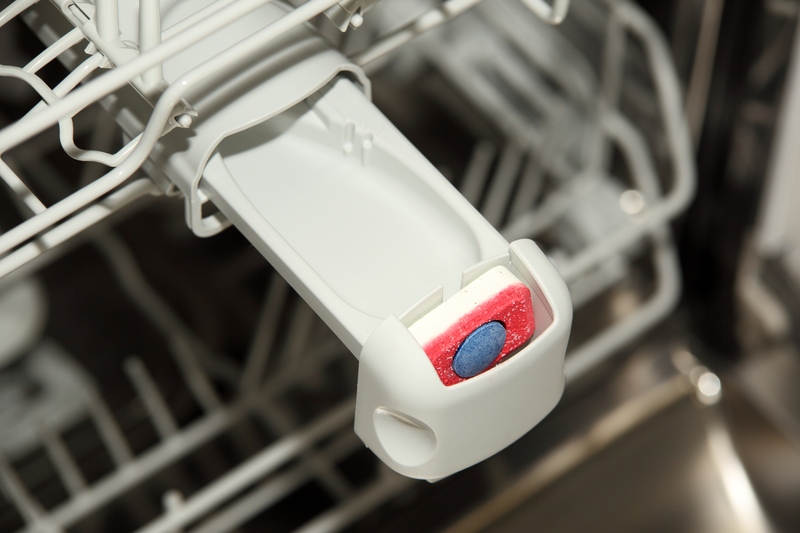Floor Care Basics
Posted on 04/11/2024
Your floors are an essential part of your home's aesthetic appeal and functionality. Keeping them clean and well-maintained not only enhances the beauty of your space, but also ensures longevity. Whether you have hardwood, tile, carpet, or laminate floors, this comprehensive guide will cover the basics of floor care to help you preserve the life and look of your floors for years to come.
1. Recognizing Your Floor Type
Knowledge of the different types of floors in your home is crucial for effective maintenance. Each material requires unique care:
- Hardwood: Known for its durability and classic charm, hardwood requires regular sweeping and occasional refinishing.
- Tile: Ceramic and porcelain tiles are resilient but need consistent sealing to prevent grout stains.
- Carpet: Offers comfort, but it's prone to dirt and stains and requires regular deep cleaning.
- Laminate: Resembles hardwood but is cost-effective; it needs gentle cleaning to avoid scratches.

2. Daily Maintenance
Keeping up with daily maintenance can prevent long-term damage and accumulation of stubborn dirt.
- Sweeping: Regular sweeping or vacuuming removes dust and debris that can scratch and dull floors.
- Mopping: Use a damp mop suitable for your floor type to remove spills and stains promptly.
- Spot Cleaning: Address spills immediately to prevent permanent stains. Use appropriate cleaners for each floor type.
3. Deep Cleaning Methods
Beyond daily maintenance, deep cleaning is necessary to keep your floors in top condition.
4. Hard Floor Care
For hardwood and laminate floors, use appropriate cleaners that do not contain harsh chemicals. Consider floor polishing every few months to maintain shine.
5. Carpet Care
Regular vacuuming helps, but deep cleaning twice a year using steam cleaning or professional services is recommended to remove deep-seated dirt.
Preventive Measures
Preventing dirt and damage is often easier than dealing with the aftermath.
- Entrance Mats: Use doormats at entrances to minimize dirt brought into the house.
- Furniture Pads: Place pads under furniture legs to avoid scratches and dents.
- No Shoes Policy: Implementing a no shoes policy can drastically reduce dirt and grime accumulation.
Pros and Cons of Floor Care
Pros:
- Improved aesthetic appeal and cleanliness.
- Extended lifespan of the flooring material.
- Prevention of costly repairs or replacements.
Cons:
- Time-consuming and requires regular effort.
- Potential cost of specialized cleaning products and tools.
- Risk of damage if incorrect cleaning methods or products are used.
Floor Care Tips
- Always read and follow the manufacturer's guidelines for your specific floor type.
- Use appropriate cleaning products designed for your floor material.
- Test any new cleaning solution on a small, inconspicuous area first.
- Avoid excessive water on hardwood and laminate floors.
- Regularly rotate furniture to even out wear and tear.

Takeaways
Proper floor care is critical for maintaining the beauty and longevity of your floors. Understanding your floor type, performing daily maintenance, engaging in periodic deep cleaning, and taking preventive measures can all contribute to keeping your floors in prime condition.
Conclusion
Floor care does not have to be a daunting task if you follow a consistent routine and use the right methods for your specific flooring. With regular attention and the right techniques, you can ensure that your floors remain a stunning and lasting feature of your home. Invest some time and effort into floor care, and you will be rewarded with clean, durable, and beautiful flooring that enhances the overall look and value of your home.




